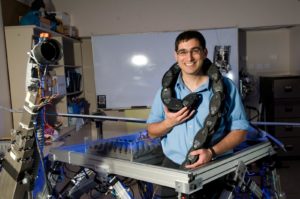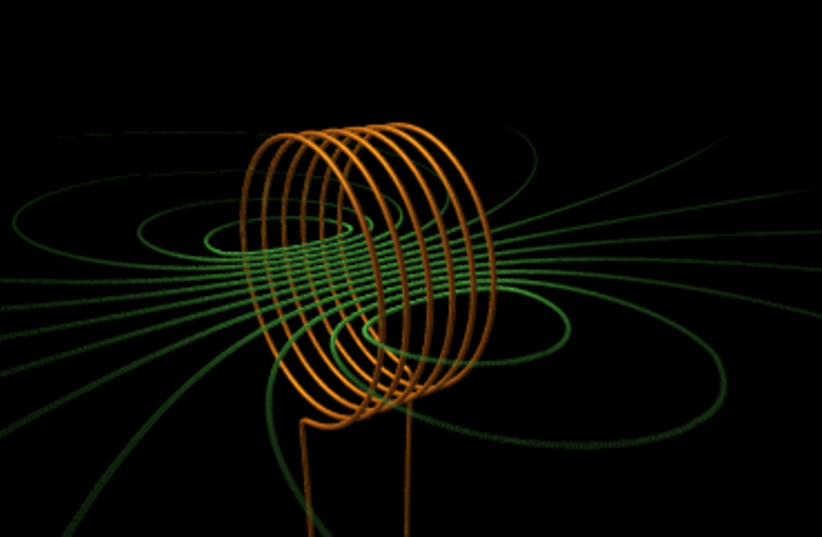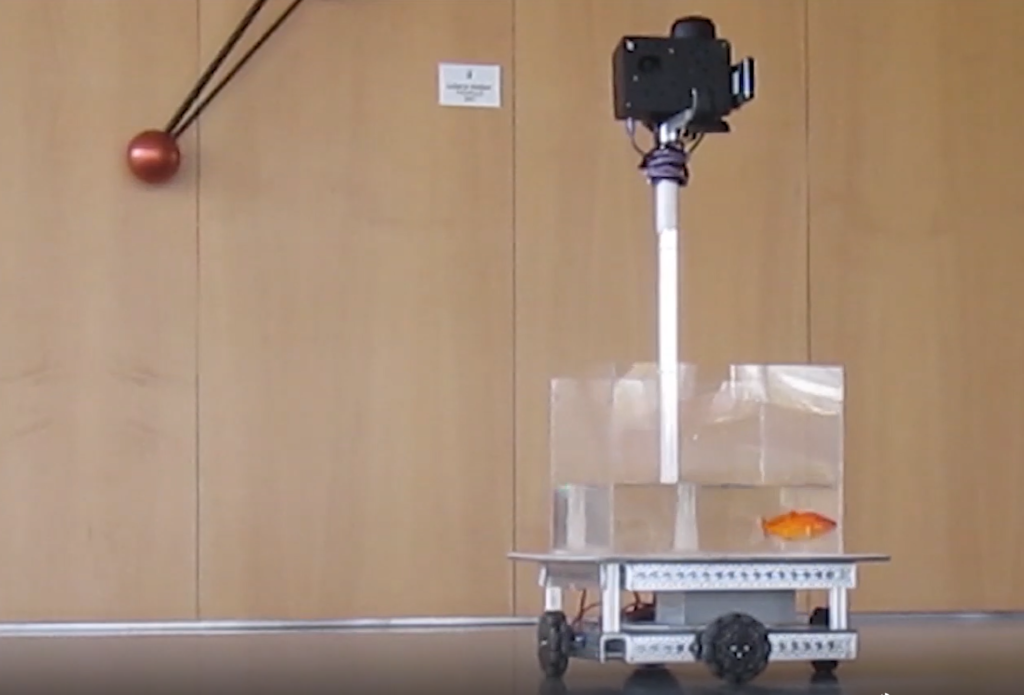
Robots That Can Move Like Humans
July 24, 2014
From The Grapevine — Some engineers live a life focused on wires and circuits. But Dr. Amir Shapiro, who heads BGU’s Robotics Lab, gets his greatest inspiration from nature.
“The engineer that built nature was the best one,” Dr. Shapiro says, laughing. “And we try to learn from the best.”
Dr. Shapiro, 43, displayed an early affinity for machines. He attended a technical high school, then Technion-Israel Institute of Technology, where he earned his bachelor’s, master’s and doctoral degrees in mechanical engineering.
Smitten with robotics, he completed his post-doctoral fellowship at the Robotics Institute at Carnegie Mellon University in Pittsburgh, Pennsylvania, developing his snake robots, before joining the BGU faculty.
Dr. Shapiro’s field is biomimetics – developing robots that mimic animals and humans. In the past, he has applied the undulating motions of snakes to create robots that slither through pipes, and spiders, cats and snails for wall-climbing machines.
The mucus trails of snails inspired one robot that scaled concrete walls by releasing melted glue to hold it in place until it could move forward and release more glue. For rough walls, he designed a robot with fishing hooks attached to four legs that climbed like a cat.
More recently, Dr. Shapiro looked to humans for robots that can walk on two legs and grasp objects. His grasping technology involves an algorithm that enables the robot to pick up and hold different types and sizes of objects.
It’s now being used by General Motors in car manufacturing. His next project is working on an algorithm that enables a single-handed robot to change its grasp of an object by throwing it in the air and catching it in a different position and orientation.
“We can’t copy nature directly, because we don’t have the same materials,” says Dr. Shapiro.
“We’re using metal instead of bones, motors instead of muscles, chemical energy instead of electrical. Instead of intelligence, we use artificial intelligence, which is not the same. Well, not yet, anyway. We’re doing with what we have, and trying to optimize the boundaries of our constraints. But nature is still good inspiration.”




